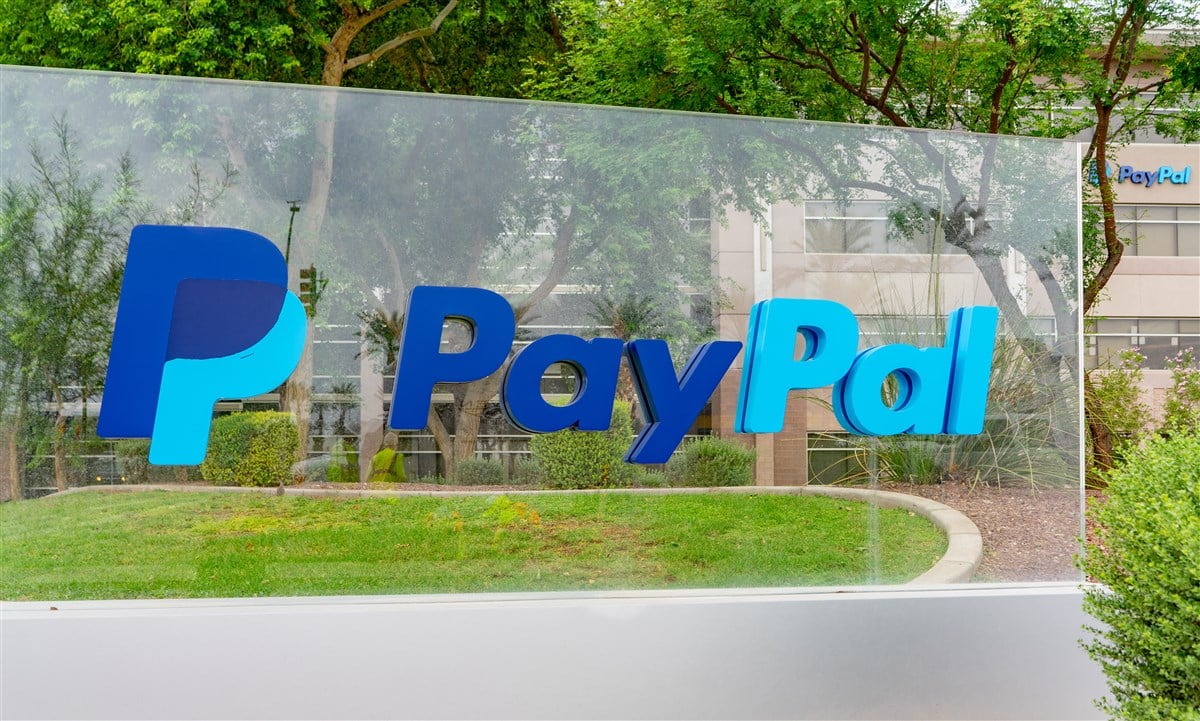
The market is currently at a tipping point, whether investors at large want to admit it or not. With the major indices trading at all-time highs, most market participants tend to fall into a hysteria fallacy. This keeps them from considering potential risks or even diversifying their portfolios. Here is where the savvy ones are starting to look for opportunities.
Breaking down the one-year performances between the Technology Select Sector SPDR Fund (NYSEARCA: XLK) and the broader S&P 500 index, you will notice a gap of 22.9% in favor of the technology sector. However, not all technology stocks are created equal, as not all the names within the space are hitting all-time highs (or even 52-week highs) along with the NASDAQ.
One stock struggling to prove itself as a worthy portfolio addition is PayPal (NASDAQ: PYPL); the argument is that this name trades at 70% of its 52-week high price and has also underperformed the bigger technology sector by as much as 69.7% over the past twelve months. Management is now waking up to what needs to be done to close this gap, but more on that later.
Value in plain sight
Considering the internet software sector for this thesis, you can see how PayPal begins to stand out right away against other competitors like Block (NYSE: SQ) and even the more prominent names like Mastercard (NYSE: MA) and Visa (NYSE: V). Here is how these four names are divided by the market's perception.
Because of their mere size and market share penetration across the globe, Mastercard and Visa have been favored by traders and investors, as shown in their price action for the past year. Both of these giants trade at 99.0% of their 52-week highs and are flirting with making new all-time high prices off this momentum.
The other two names, PayPal and Block, have been punished by the market with their respective 70.0% and 75.0% of their 52-week high prices. This could be due to their smaller sizes of $70.0 billion and $42.0 billion in market capitalization. However, there is a more concrete reason for this behavior.
As these two are not only tied to the activity within consumer discretionary trends, which you can monitor by following the Consumer Discretionary Select Sector SPDR Fund (NYSEARCA: XLY), there is a reason for their underperformance. Judging by the decline in the small business sentiment index, independent business and contractor transaction shrinkage may have hurt these payment processors.
Considering that the FED is now pointing to interest rate cuts, which could be coming as soon as May according to the CME Group (NYSE: CME) FedWatch tool, small business and consumer activity could quickly rebound to bring a massive inflow of investors to these names.
With these tailwinds beginning to form on the horizon to back a bullish thesis for PayPal, management decided to get ahead of the cub and make some changes to the company in hopes of surprising a few analysts and investors during the upcoming quarterly earnings announcement.
Churning profits
Despite the U.S. economy adding up to 353 thousand jobs in the past month, the employment situation report shows that PayPal and other technology stocks have decided to trim the fat. In a realization that artificial intelligence was not as significant a catalyst as markets hyped it up to be.
In the face of this trend, management has decided to cut as many as seven thousand jobs to start February, representing up to 7% of its workforce. While not too alarming, it is still the beginning of a new trend that will directly translate into a potentially bigger bottom line.
Analysts only project a net growth in earnings per share of 13.3% in the next twelve months. However, this current prediction has yet to account for the cut in payroll expenses, which will directly increase productivity while cutting down excess costs in a department that was not pulling its weight.
Comparing PayPal's valuation against its closest competitor, Block, its 11.3x price-to-earnings ratio presents a significantly attractive discount to Block's 23.1x valuation, a 103% premium above it, in fact.
Even analysts understand that the same tailwinds will benefit PayPal and Block, so placing a price target on either will depend on the current valuation and potential upside to catch up to the rest of the tech sector.
Following this logic, you won't be surprised to learn that PayPal has a $73.8 price target, implying a net upside of 18.3% from today's prices. On the other hand, Block analysts only see a 13.3% upside from where it is today, considering its $76.9 price target.
With a new factor in the mix to consider after management implements these layoffs, both analyst projections for earnings growth and price targets could see a potential boost, something to watch out for during their earnings release this week.






